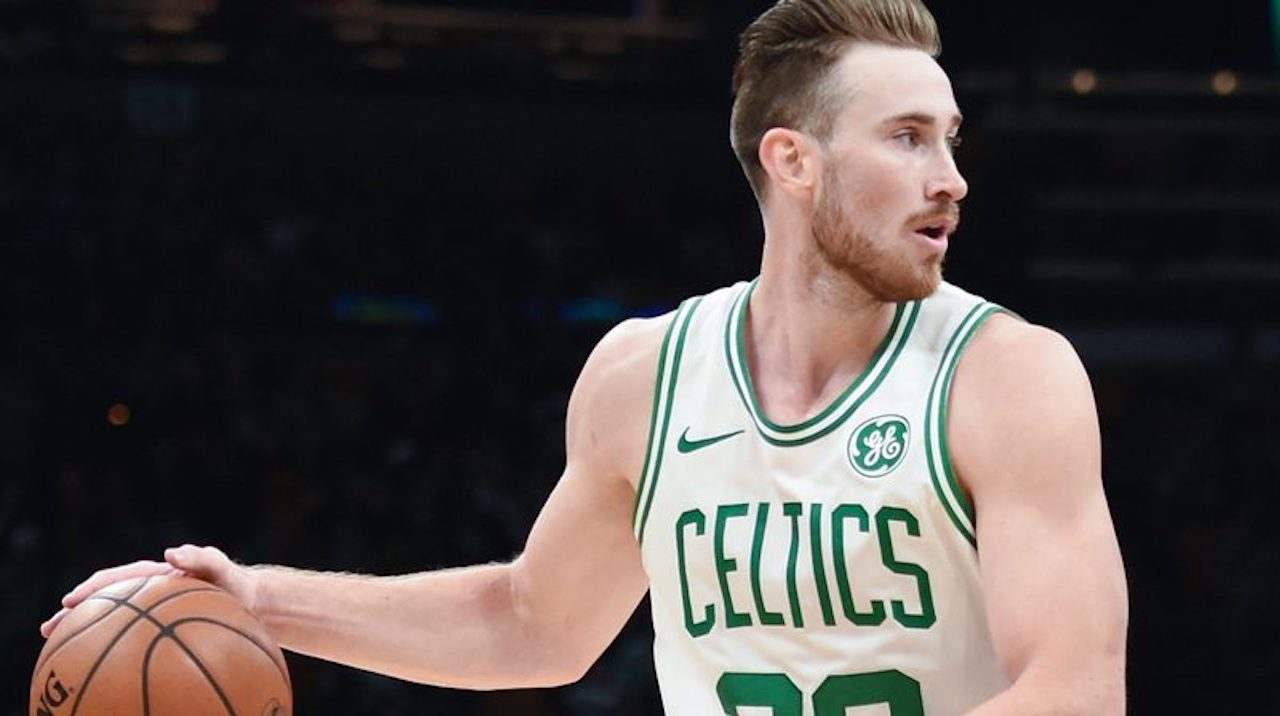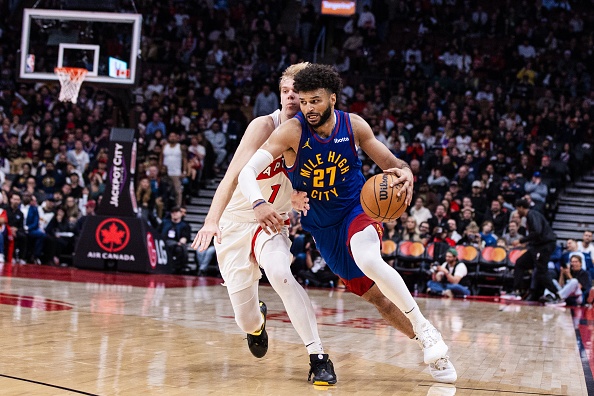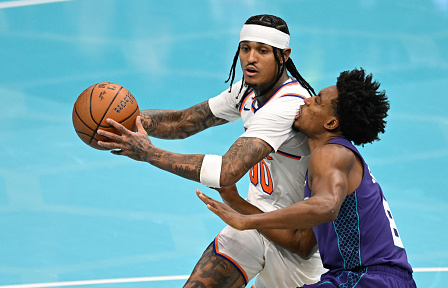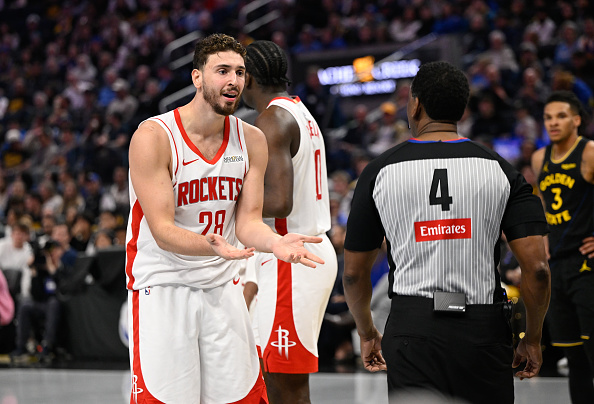The summer of 2017 was full of excitement and highlights for the Boston Celtics after trading for superstar point guard Kyrie Irving, signing former Utah Jazz star Gordon Hayward, and drafting Jayson Tatum. The excitement took a step back in the first game of the 2017-18 season, however, when Hayward suffered a season-ending injury five minutes into the game.
The 28-year-old forward’s broken ankle was a gruesome start to the Celtic’s season, but the team managed to prevail and battled their way to the Eastern Conference Finals without Hayward or Irving.
Fast forward to this season and the Celtics’ biggest moves in free agency were Hayward and Irving returning to the lineup. The idea of a starting five of Irving, Jaylen Brown, Hayward, Tatum, and Al Horford had fans more than excited for the season to get underway. But as the season kicked off, the Celtics lineup wasn’t dominating the East as easily as many had expected them to do.
Hayward has been looked at as the biggest underperformer, averaging 10.1 points per game. Since the Butler University alum is seen as the Celtics second scoring option, the numbers he’s posted have been much lower than expected.
But after not playing an NBA game for an entire season, and recovering from a career-defining injury, Hayward is slowly making his way back to the player he was at Utah, where he put up 21.9 points per game and featured in the 2017 All-Star game.
On the heels of such a gruesome injury, it may take a long time for Hayward to become the same player he was before the injury. Getting back to the the speed and intensity of the NBA is a process that takes more experience and minutes on the court following a broken ankle. In the five-part series on The Athletic named “The Return”, Hayward spoke about his playing ability.
“I won’t be the same player,” Hayward said during the second episode. “I’ll be a different player. I think something of that magnitude changes you as a player. Does that mean that I’m not going to be able to get to the same level or better than I was? Absolutely not.”
The series offers an inside look at Hayward’s recovery and the work has he put in the offseason to become a better player following the injury. Spending time in the gym, getting bulkier and more muscular, and making his 3-point shot even better.
Though Hayward is not putting up exactly the same numbers as his All-Star year, some of his numbers are comparable to his 2017 season. Hayward’s defensive numbers have still been solid—in 2016-17 he averaged 1.0 steals per game but averages 1.3 steals per game with the Celtics in 2018. His rebounding numbers are equal to 2016-17, at 5.4 per game, and his assists per game average is extremely similar at 3.2 this year and 3.5 in the 2016-17 season. The forward’s field goal percentage is lower, at 40 percent this year compared to 47.1 percent in 2016-17—when he was averaging 21.9 per game.
It’s clear that the Indiana native’s biggest difference in statistics is the points per game, but as he continues to get back into the habit of playing NBA basketball, his numbers can only grow. Don’t expect an extreme output of points though, as Hayward is surrounded by talented scorers at every position. With the quality performances Irving has been putting in for the Celtics this year, don’t expect Hayward to be a leading scorer.







